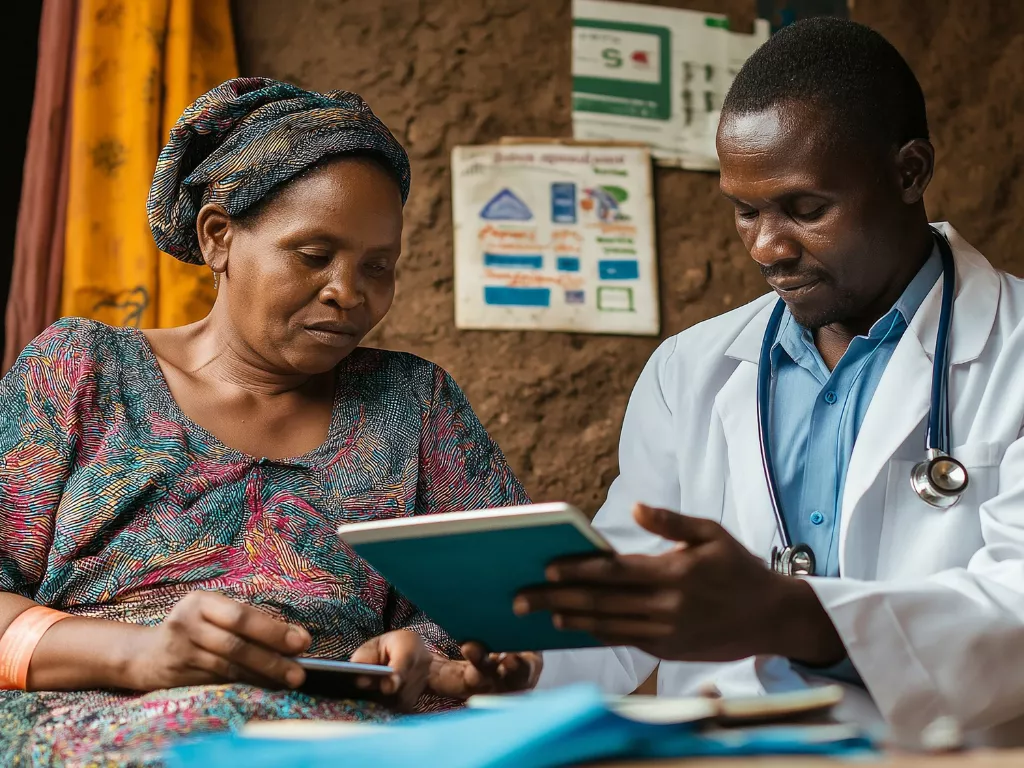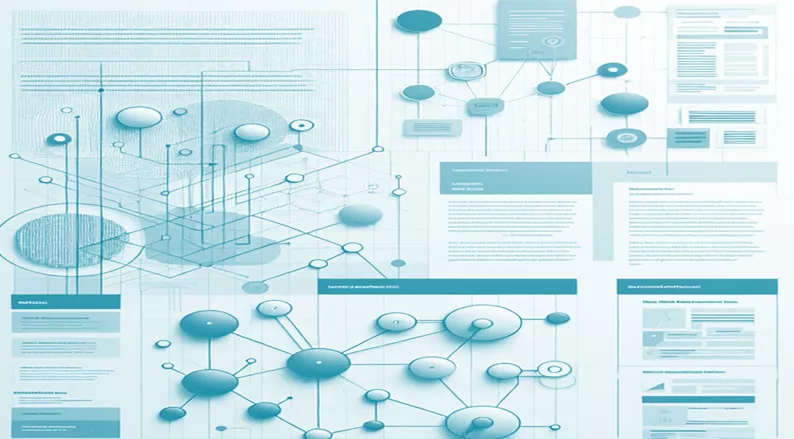Revolutionizing Rural Healthcare: How AI is Shaping the Future of Telemedicine
Introduction
Telemedicine has revolutionized healthcare delivery, particularly for underprivileged populations. For rural areas, where access to healthcare facilities is often limited, telemedicine has the potential to significantly reduce barriers to care.
However, implementing telemedicine in rural areas still presents challenges, including infrastructure limitations, a shortage of healthcare professionals, and logistical hurdles. Artificial intelligence (AI) offers several solutions to enhance telemedicine adoption and improve healthcare delivery in these regions.

Let's dive into the challenges faced in rural healthcare and explore how AI can offer potential solutions.
1. Bridging the Digital Divide
One of the biggest challenges to implementing telemedicine in rural areas is the lack of reliable internet infrastructure. Many rural communities struggle with slow internet speeds or complete lack of broadband access, making video consultations and other telemedicine services difficult. AI can help mitigate some of these challenges.
AI-Powered Data Compression: AI algorithms can improve the efficiency of data transfer by compressing video and medical data in real-time, making telemedicine consultations more feasible in areas with limited bandwidth. AI can also prioritize the most important data, ensuring that patients receive accurate diagnoses even with slower connections.
Offline AI Solutions: In regions with unreliable internet, AI-driven tools can be deployed to function offline. For example, AI-based diagnostic tools can run on local devices, enabling healthcare professionals to perform analysis even without a constant internet connection. These tools can store data and sync it once the internet is available, ensuring continuity of care.
2. Enhancing Diagnostic Accuracy
A shortage of healthcare professionals, including specialists, is a common issue in rural areas. AI can supplement healthcare providers’ capabilities, allowing them to deliver high-quality care despite these shortages.
AI-Based Diagnostics: AI algorithms, especially those built on machine learning and deep learning, can assist in diagnosing medical conditions with high accuracy. For example, AI can analyse medical images such as X-rays, CT scans, and MRIs to detect abnormalities that might be missed by human eyes. In remote areas, where specialists are scarce, these tools can provide support for general practitioners (GPs) in making informed decisions.
Remote Monitoring and Predictive Analytics: AI can also play a critical role in the remote monitoring of chronic conditions. Wearable devices, powered by AI, can track vital signs such as heart rate, blood pressure, and glucose levels. AI can analyse this data in real-time and send alerts to healthcare providers if there are any concerning trends, allowing early intervention before a condition worsens. This is particularly valuable in rural settings where patients may be far from medical facilities.
3. Improving Access to Healthcare Professionals and resources
Rural areas face limited access to healthcare due to a shortage of providers, long travel distances, and overwhelmed resources. Patients often experience delays in care, leading to unnecessary visits and inadequate management of health concerns. This results in poor health outcomes and strain on healthcare systems in these communities.
AI-powered Chatbots and Virtual Health Assistants: In rural areas, AI-driven chatbots and virtual assistants can serve as a crucial first point of contact for patients. They can perform basic triage by assessing symptoms and recommending appropriate next steps, guiding patients toward the right healthcare resources. Additionally, these assistants provide 24/7 support for routine medical inquiries, medication reminders, and mental health support. By alleviating the pressure on overburdened healthcare providers, they ensure patients receive timely care and ongoing assistance, all while reducing unnecessary visits to healthcare facilities.
4. Enhancing Patient Engagement and Education
Engaging rural patients in their health and wellness is crucial to the success of telemedicine. AI can enhance patient education, self-management, and adherence to treatment plans, leading to better health outcomes.
Personalized Health Education: AI algorithms can analyse patient data to deliver personalized health education materials. By tailoring the information to the individual’s specific needs and condition, AI can ensure that patients understand their health situation and the steps they can take to improve it. This can be particularly beneficial in rural areas where face-to-face interaction with healthcare providers is limited.
Behavioural Health Interventions: AI can also play a role in providing behavioural health support in remote areas. Through AI-driven apps and virtual platforms, individuals can receive support for managing mental health conditions such as depression or anxiety. By offering therapy, mindfulness exercises, or cognitive behavioural therapy (CBT), AI ensures that people in rural areas have access to mental health services even when professionals are not available locally.
5. Improving Administrative Efficiency
Rural healthcare providers often face challenges with limited resources, including administrative support. AI can streamline administrative tasks, improving the overall efficiency of telemedicine services.
AI for Appointment Scheduling and Follow-Ups: AI can automate appointment scheduling, reminders, and follow-up communications, ensuring that patients do not miss critical care. It can also help triage patient requests, ensuring that urgent cases are prioritized and that patients receive timely responses.
Data Management and Documentation: AI tools can assist in managing patient records, automatically documenting consultations, and ensuring that healthcare providers have access to up-to-date information about their patients. This reduces the administrative burden on rural healthcare professionals, allowing them to focus more on patient care.
Conclusion
AI has the potential to significantly improve the implementation of telemedicine in rural areas by addressing many of the challenges faced by these communities. From improving diagnostic accuracy and expanding access to healthcare professionals to enhancing patient engagement and streamlining administrative processes, AI can make telemedicine more efficient, effective, and accessible in rural regions. As AI technology continues to advance, its integration into telemedicine will likely become an essential component of rural healthcare systems, enabling better health outcomes and bridging the healthcare gap between urban and rural areas.
How Decos can help:
Decos is well-equipped to provide comprehensive solutions for telemedicine in rural healthcare, leveraging our extensive experience and resources in the healthcare and medical device industry. With a proven track record in both software and hardware services, we offer AI-powered solutions that enhance diagnostic accuracy, improve patient engagement, and streamline administrative processes.

This blogpost is written by Aman Baroliya, Software Engineer at Decos.
He has an expertise in various areas (SDK, MVVM, .Net framework, CommunityToolkit). He also has hands-on experience in bug fixing.
Decos is a cutting-edge technology services partner ready to meet your diverse needs across various industries, including the medical domain. If you have a question about one of our projects or would like advice on your project or a POC, contact Devesh Agarwal. We’d love to get in touch with you!
Discover more

Transforming Instructions for Use (IFU) with AI: Enhancing Technical Documentation

Reducing Latency in Real-Time Medical Monitoring to enhance speed, accuracy and patient safety.

